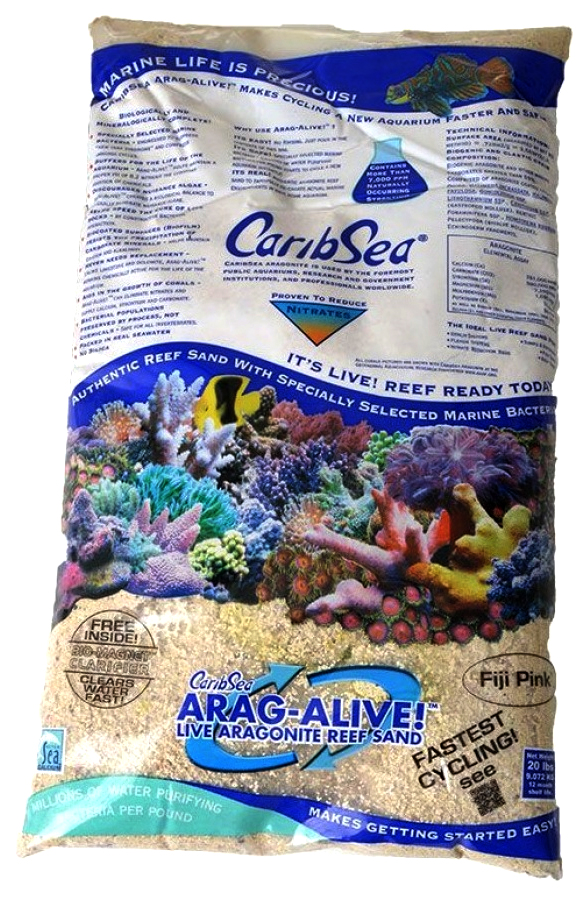

Boxes of stones of 12-30cm and boxes of stones of 30-45cm are available. AquaHolland Coralsea Reef Rock packagingĪquaHolland Coralsea Reef Rock is sold in boxes of 10 kg and boxes of 20 kg.

If desired, feed some fish food at the start so that the bacteria have some food to live on. Biggest problem with sand bed filters is getting the proper flow thru them. I never used a sand filter so I can't say what type of sand would be better. I have used it as a substrate in african cichlid tanks. The advice is to let the stone mature for at least 4 to 6 weeks before placing fish in the aquarium. I dont recall which one, but one of the African rift lakes is the only freshwater location in the world that oolitic aragonite sand is being actively created/deposited. oolitic sand is a very fine sand with buffering capabilities. There are several good bacterial preparations on the market such as Seachem Stability, Microbe Lift Nite Out, Microbe Lift Special blend, Microbe Lift Balancer and many more. Build up dry so that you can form a solid reef before adding water to the aquarium.Īdvice on the use of AquaHolland Coralsea Reef Rockīecause it is a dead stone, bacteria are required at the start-up to inoculate the stone.Lifelike after turning in and calcification due to lime algae.No pests (brush worms, crabs, aiptasia).The stone is of course extracted in a reef-friendly way. Contains specially engineered bacteria to suppress 'new tank syndrome'. The super porosity makes it the excellent nesting place for aerobic and anaerobic bacteria that ensure a stable and balanced marine aquarium. Biologically and mineralogically complete sand substrate for saltwater aquariums. AquaHolland Coralsea Reef Rock (reef-friendly)ĪquaHolland Coralsea Reef Rock is dead "living" stone.


 0 kommentar(er)
0 kommentar(er)
